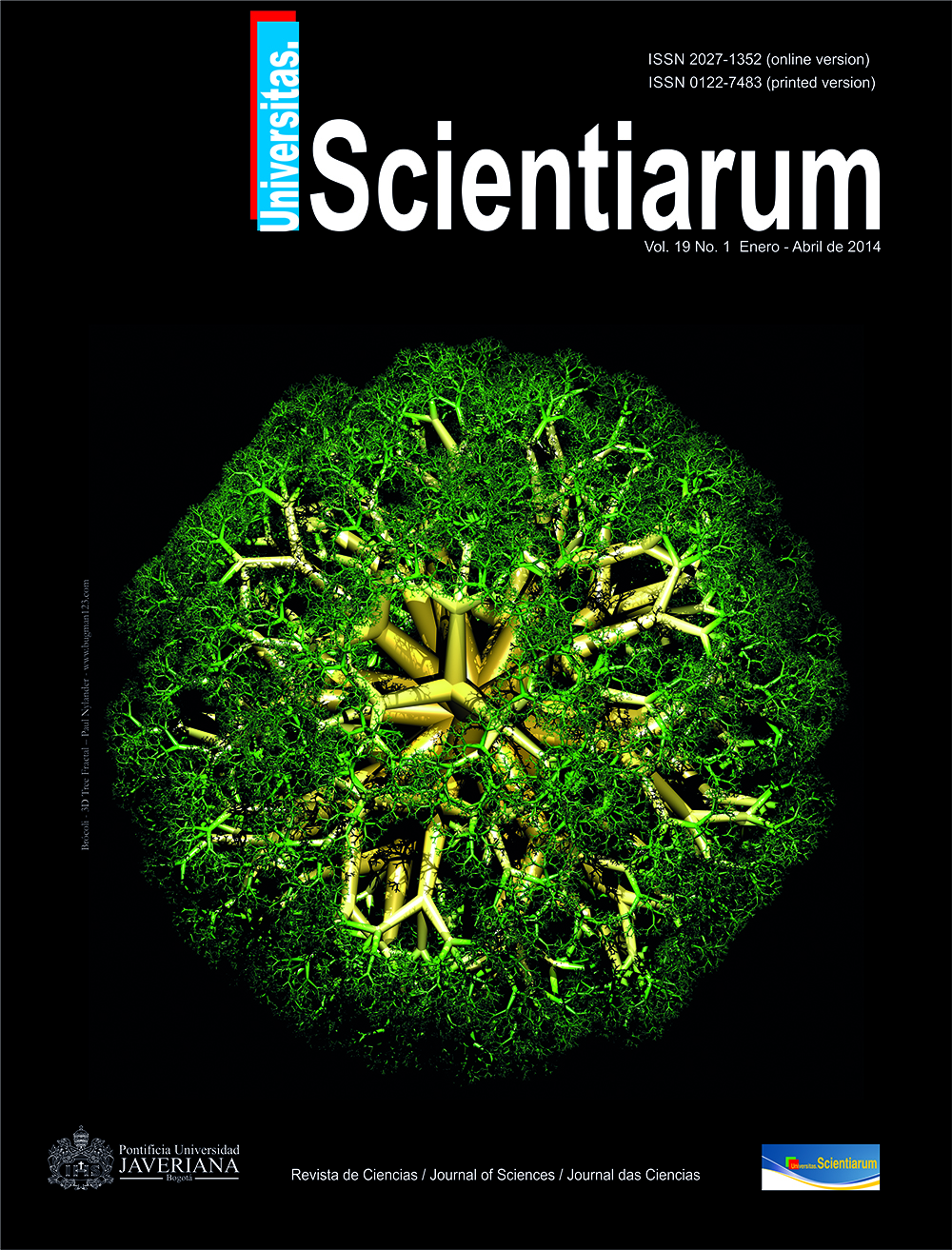Abstract
Analyzing asymmetry in species associated with disturbed environments enables the evaluation of the morphological plasticity of generalistic species and the different evolutionary responses of sexes or populations to environmental or genetic stress. This report is a study of the cranial and mandibular asymmetry of Colombian Artibeus lituratus. This species has a wide distribution and high abundance, but its morphological plasticity remains uncertain. We characterized its presence, fluctuating asymmetry, directional asymmetry and antisymmetry by measuring 11 craneometric traits in 146 adults from different localities. Fluctuating asymmetry was present in all traits; directional asymmetry and antisymmetry in three; and no measurement error in any trait. Females showed more fluctuating asymmetry in the splachnocranium and males in the neurocranium. Traits with functional importance while biting had lower levels of asymmetry and higher similarity. Traits with antisymmetry did not show association while traits with directional asymmetry showed mandibular association. We discuss the relation between the presence of cranial and mandibular asymmetry, with the functional similarity of different traits.
Univ. Sci. is registered under a Creative Commons Attribution 4.0 International Public License. Thus, this work may be reproduced, distributed, and publicly shared in digital format, as long as the names of the authors and Pontificia Universidad Javeriana are acknowledged. Others are allowed to quote, adapt, transform, auto-archive, republish, and create based on this material, for any purpose (even commercial ones), provided the authorship is duly acknowledged, a link to the original work is provided, and it is specified if changes have been made. Pontificia Universidad Javeriana does not hold the rights of published works and the authors are solely responsible for the contents of their works; they keep the moral, intellectual, privacy, and publicity rights. Approving the intervention of the work (review, copy-editing, translation, layout) and the following outreach, are granted through an use license and not through an assignment of rights. This means the journal and Pontificia Universidad Javeriana cannot be held responsible for any ethical malpractice by the authors. As a consequence of the protection granted by the use license, the journal is not required to publish recantations or modify information already published, unless the errata stems from the editorial management process. Publishing contents in this journal does not generate royalties for contributors.



